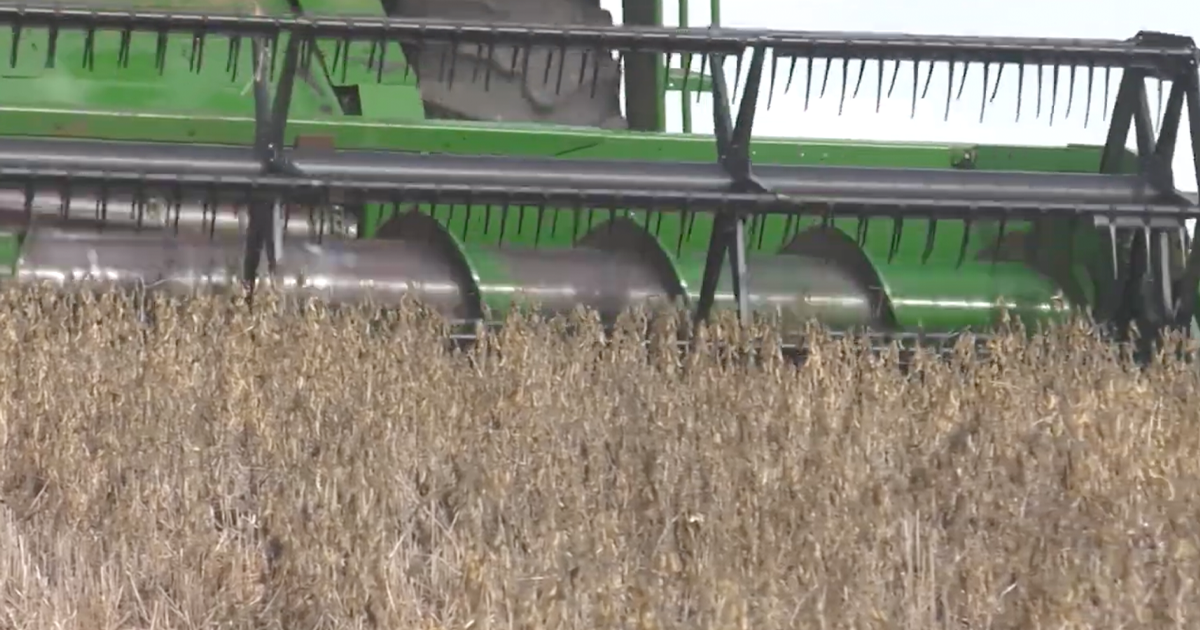Dudley, GA |
While the Midwest might be king when it comes to soybean production, it is a crop that has a strong foothold here in Georgia, as the state is responsible for more than eight million bushels a year. And that number might be even bigger in 2024, as production is expected to be up despite some difficult growing conditions.
“I bet we went probably forty something days with no rain, but that could be worse too, because I got some buddies that’s seven or eight miles from me right here that went about two months without no rain. So, it could be worse, but it was a good growing season other than we had to pump a lot of water. Light bills were higher, fuel bills were higher, but other than that, it was pretty good,” says Cody Lord, a Laurens County Farmer.
However, those dry conditions didn’t extend into the harvest season, as heavy rains from Hurricanes Helene and Milton delayed growers from getting out into the fields. And with warmer than normal conditions sticking around, it’s important to harvest wrapped up as soon as possible.
“I wish they were in the bin because that’s what can mess your beans up, when they stay wet and it’s hot, they can germ and they can get damage to them. But, typically if it’s a normal October, November, where it’s in the forties at night and in the sixties and seventies in the day, it’s not as hot, they won’t germ and go bad. So, normally a bean can take a good bit more weather, but I need these in the bin with the weather we’ve been having. It’s been a little too warm and a little too moist for the bean crop this year,” says Lord.
However, it’s a delicate balancing act as harvested beans have to be at a certain moisture content before they can be stored away in order to maximize their earning potential.
“If you get too much moisture content in a bin, they’ll go through a heat mold and it will ruin your beans as far as seed quality for sure. Then, end users, they want them dry and beans at thirteen percent. If you go in at thirteen point one, they start knocking money per bushel off. So, it’s very important, you want your moisture to be right because if you mess around and have fourteen, fifteen percent moisture on soybeans, they just dinged you a lot of money,” says Lord.
And more than ninety percent of these beans will be going towards seed for next year.
“I grow those for Pioneer and for mixing different varieties, but what I’m growing, they’ll come pick up out of my bins. I’ll keep them and they’re actually cleaned, bagged, and sold back to the farmer to grow for next year,” says Lord.
You can bet Lord will be one of those farmers, as it’s a crop he both enjoys growing and can get the most bang for the buck.
“From the help standpoint, I can take one of those machines behind me and do what three of them roller pickers will do in a day by itself. I’m just rigged up to grow grains so, I like grain. I’d rather run the combine any day than the cotton picker,” says Lord.
By: Damon Jones

